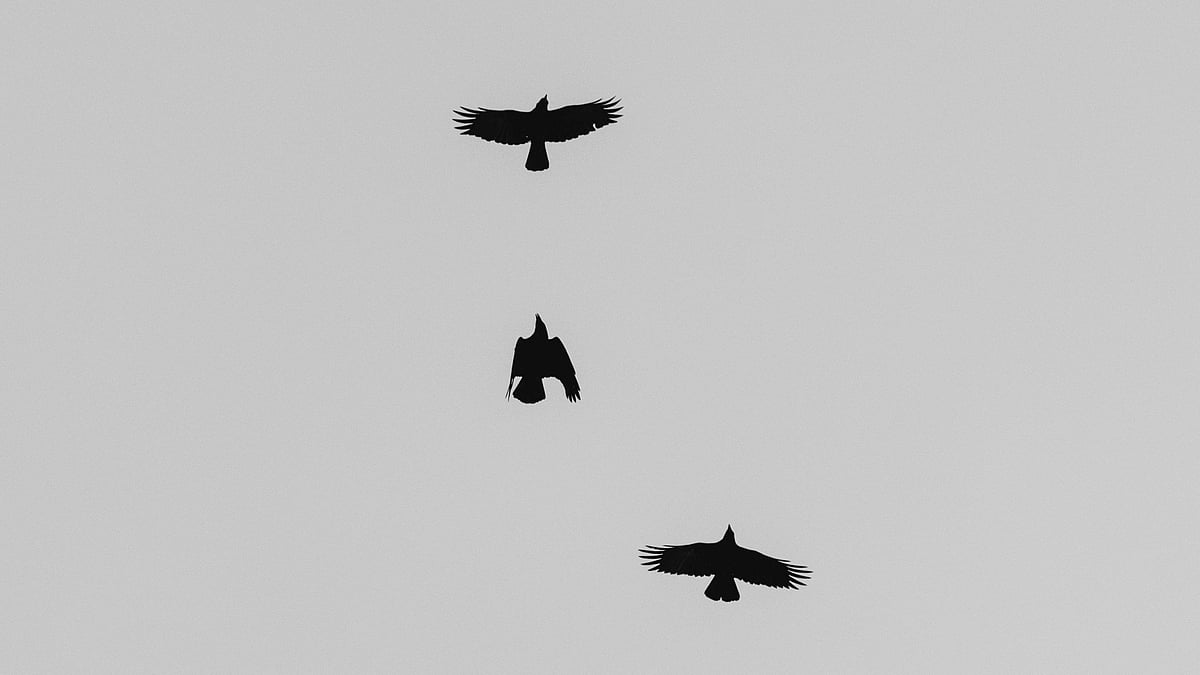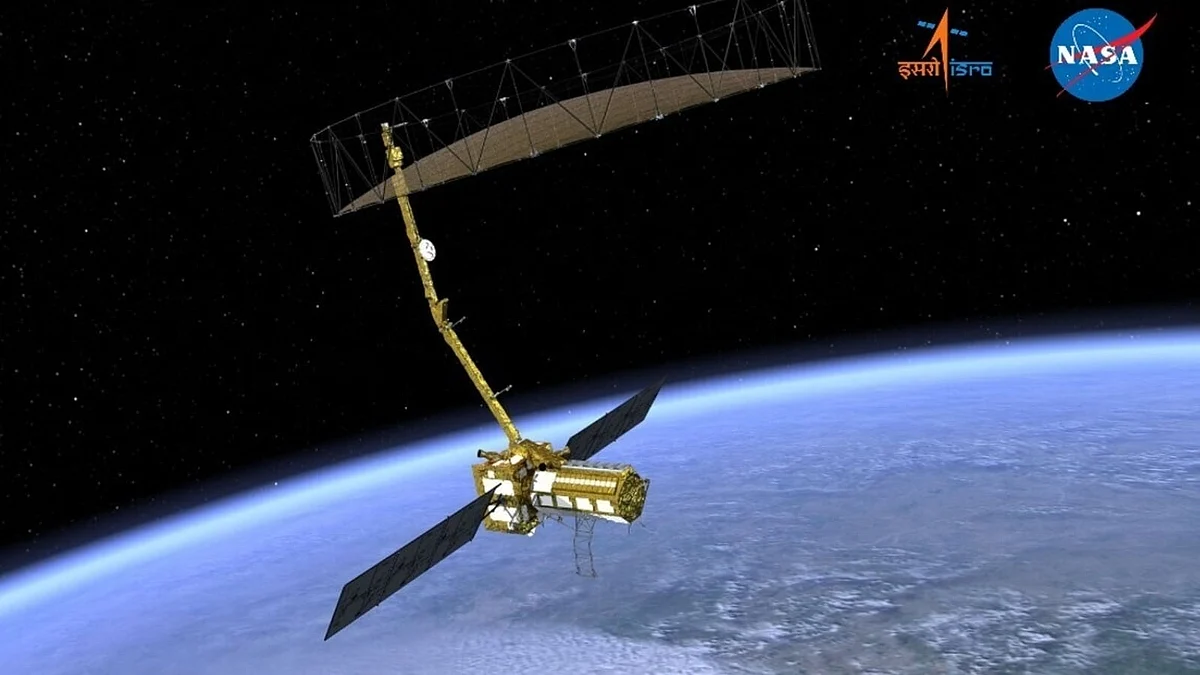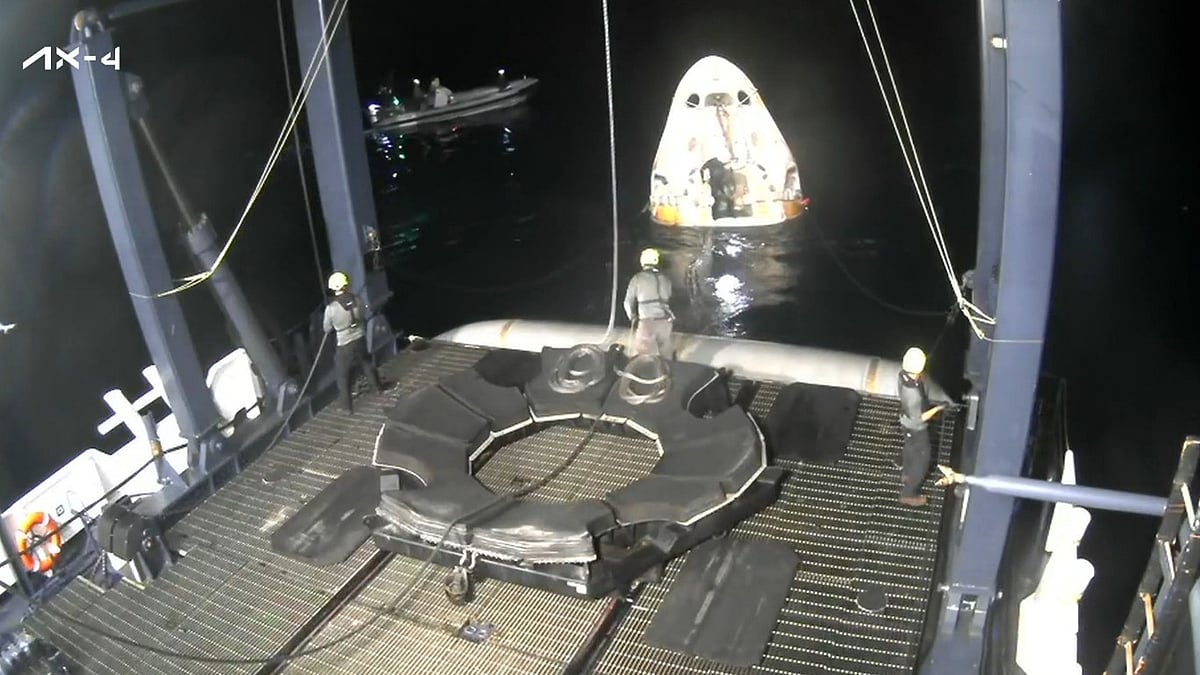ISRO's Aditya L-1 payload Hel1OS, India's first solar observatory, has captured the first high-energy X-ray sight of solar flares. The High Energy L1 Orbiting X-ray Spectrometer (HEL1OS) on board captured the impulsive phase of solar flares during its first observation session. According to ISRO, a solar flare is a sudden brightening of the solar atmosphere. The space agency said the device that detects high-energy X-rays emitted by the Sun caught a 'benign' solar flare.
Aditya L-1 will take roughly 110 days to reach the L1 point
The spacecraft, which will go 1 per cent of the distance to the Sun, the furthest of any India-made satellite, has been on its way to the L1 point for more than six weeks now. The spacecraft was supposed to take roughly 110 days to reach the L1 point after leaving Earth's orbit in September. According to an ISRO scientist, "In the first week of January, the spacecraft will begin braking to enter orbit at the L1 point."
ISRO activated the HEL1OS payload on October 27. Presently, it is 'undergoing fine-tuning of thresholds and calibration operations,' the initial measurements were taken on October 29. According to ISRO, these readings were determined to be consistent with the US Geostationary Operational Environmental Satellites (GOES) satellite. 'This was the instrument's initial observation. In the ten-hour research, a benign C-class solar flare was recorded. The HEL1OS observation specified evidence of these impulsive events was narrowly visible in the GEOS data.
Aditya-L1 is India's first dedicated space mission to study the Sun
Aditya-L1 spacecraft is fully indigenous and created to deliver solar corona's remote observations and in-situ observations of the solar wind at L1, that is, the sun-earth lagrangian point, which is about 1.5 million km from the Earth. It is India's first dedicated space mission for Sun observations. The project aims to study the Sun from an orbit around the L1. It has seven payloads that will observe the photosphere, chromosphere, and the Sun's outermost layers, the corona, in various wavebands.




.jpg)






